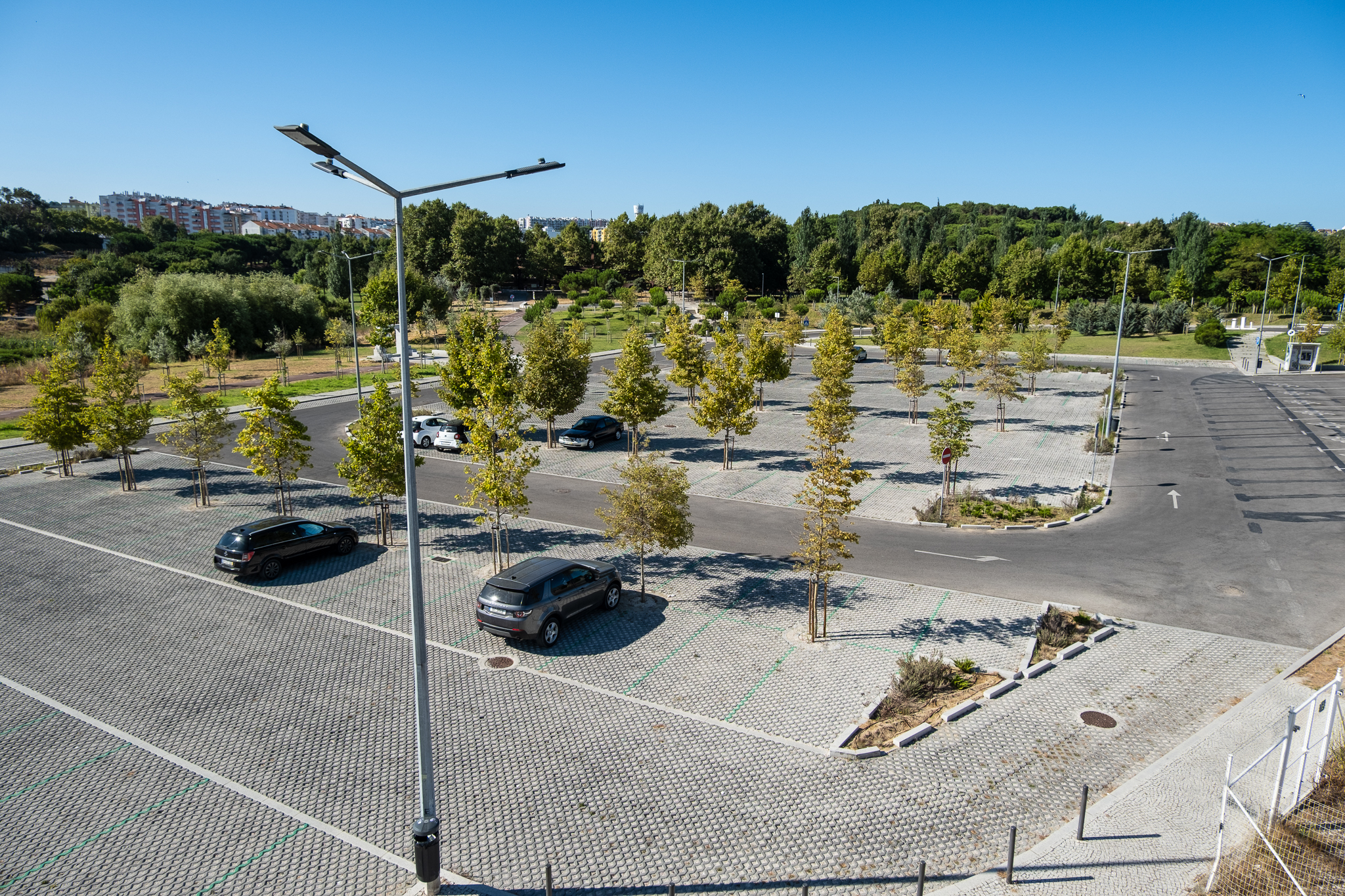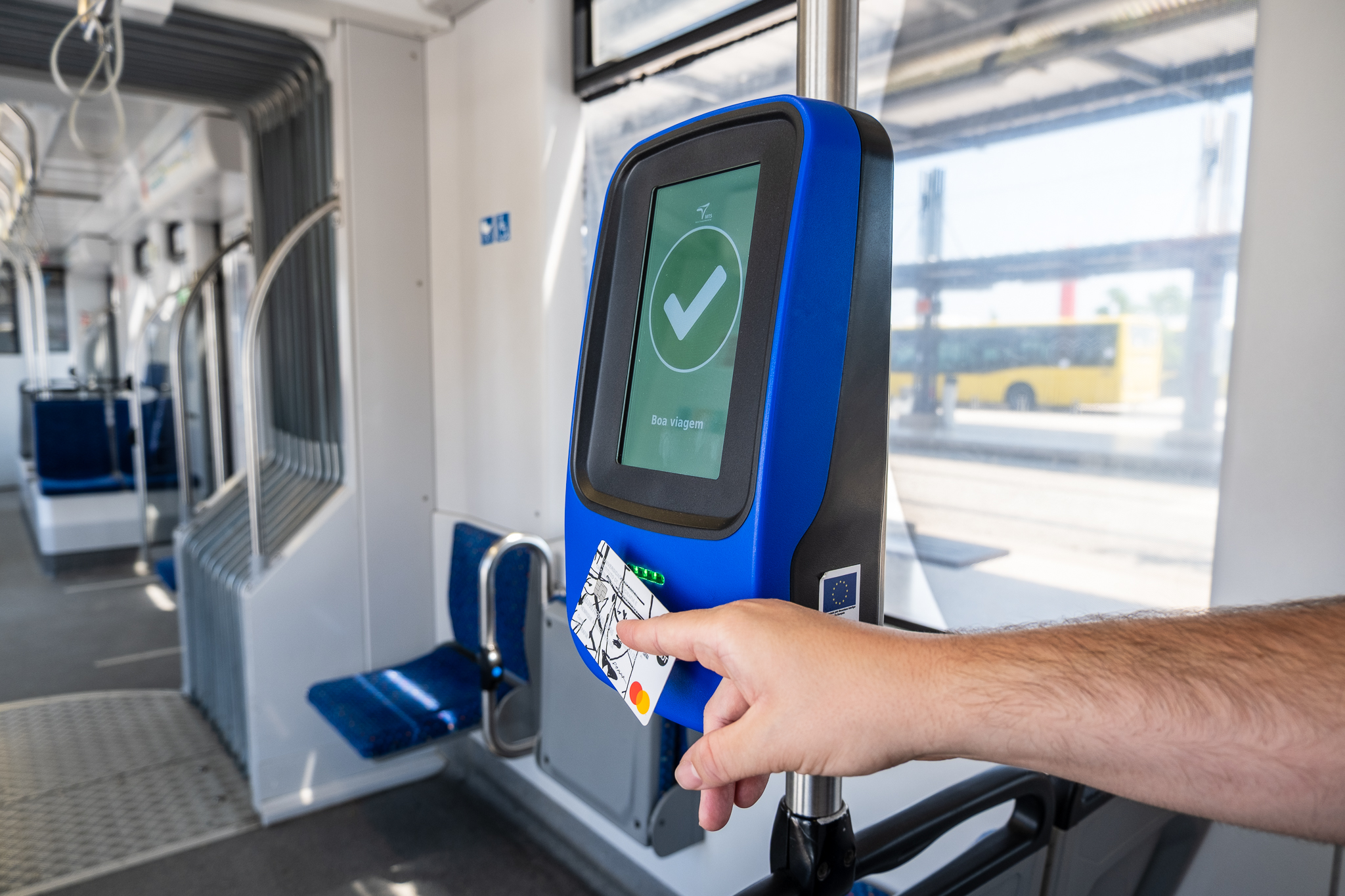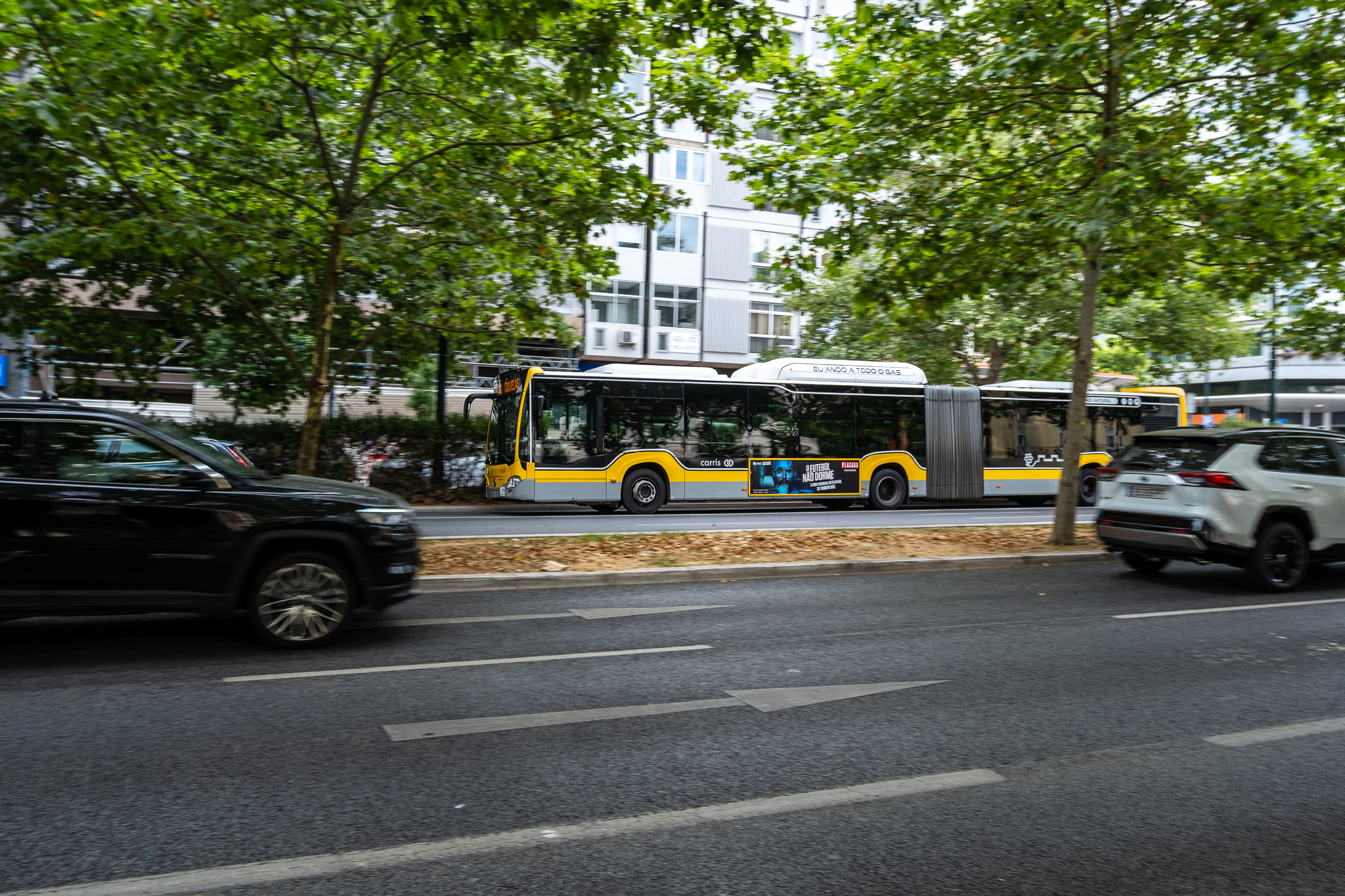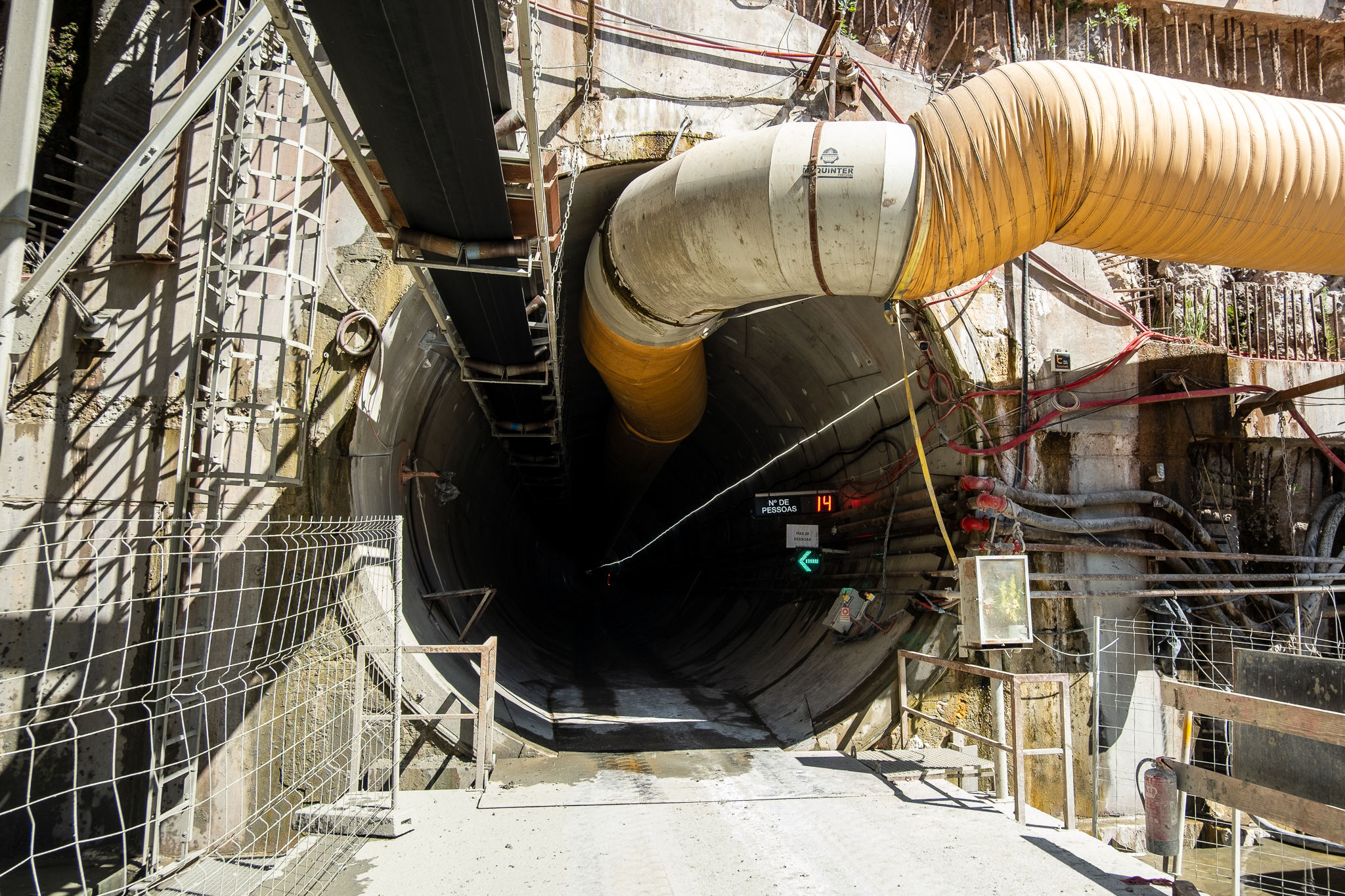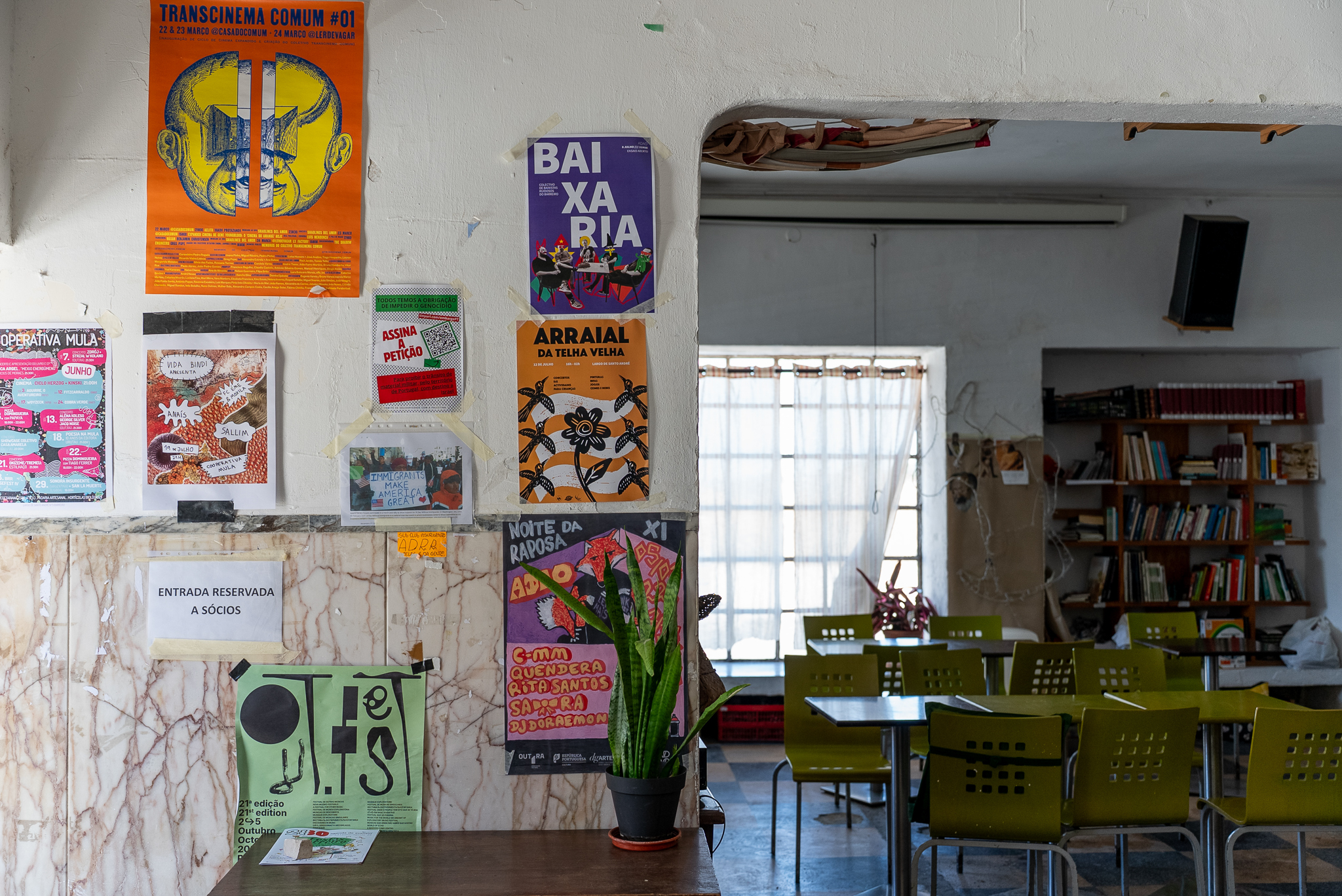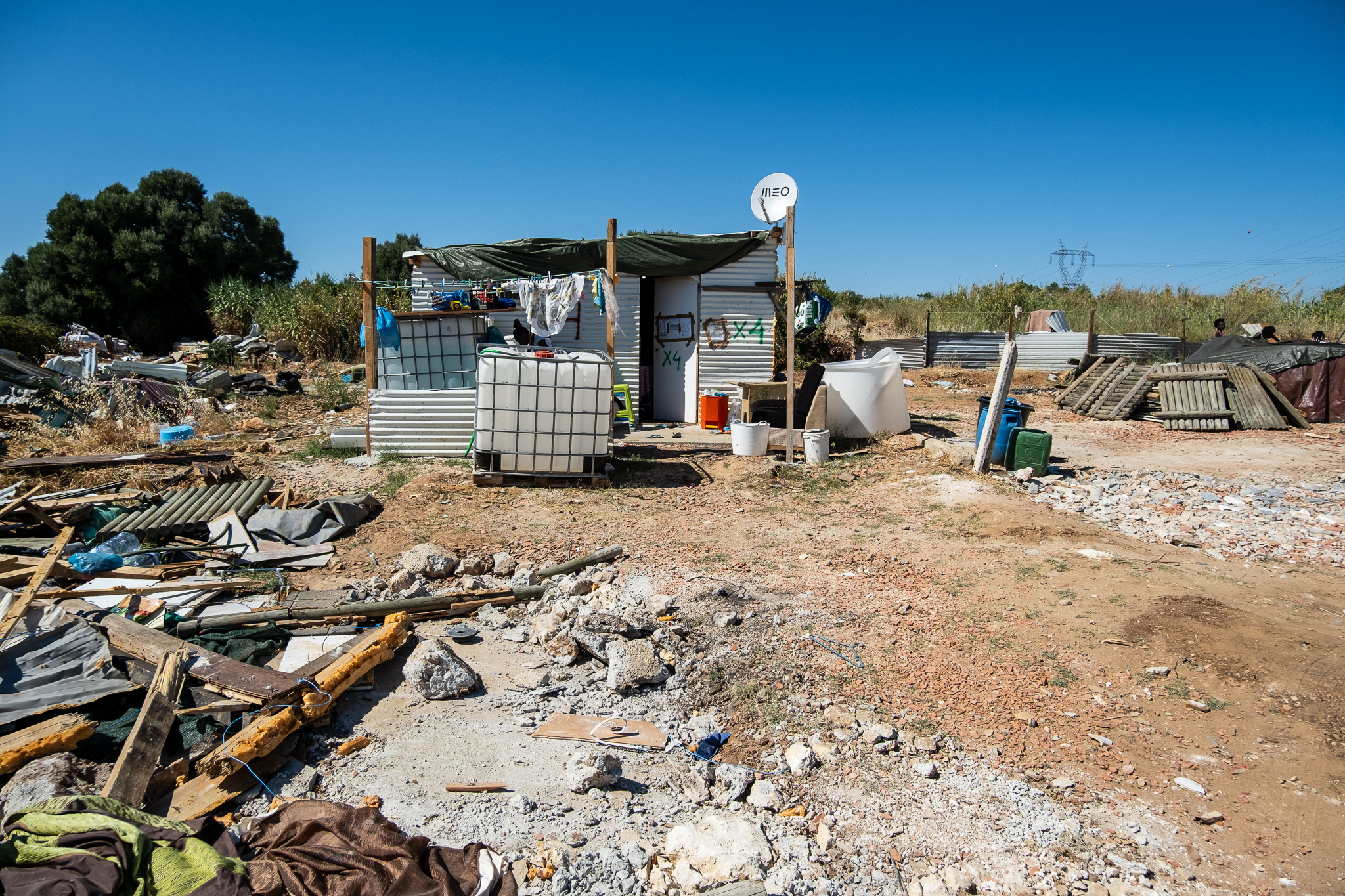Almada City Council plans to implement a Conditional Automobile Access Zone (ZAAC) in the historic core of Almada Velha and to redevelop the public space, removing unnecessary traffic and giving priority to active modes such as walking.

The historic city center of Almada, also known as Almada Velha, will be transformed into a area with less pollution and no through trafficwhere only residents and workers can access by car. The implementation of a Conditional Automobile Access Zone (ZAAC) and requalification of the historic center of Almada Velha is now being drawn up and can only be implemented once it has been completed.
Project formulation, for 64 thousand eurosThe Rio Plano landscape architecture studio, selected by prior consultation, is in charge of the project. Based on a preliminary program drawn up by the Almada City Council, which stipulates a series of guidelines for the future ZAAC, the Rio Plano team will now delve deeper into the subject by drawing up the preliminary study and the implementation project.

The municipality of Almad wants to establish a Conditional Automobile Access Zone (ZAAC) in the historic center of Almada Velha, with electronic access control and regularization of public surface parking, as well as its optimization for residents, traders and occasional users. The ZAAC is also intended to allow rapid access for rescue vehicles in the event of an accident. The intervention should also promoting the requalification of public spaces, "with sustainable solutions that promote universal accessibility, enhance the urban image, improve bioclimatic comfort conditions and mitigate the urban heat island effect".
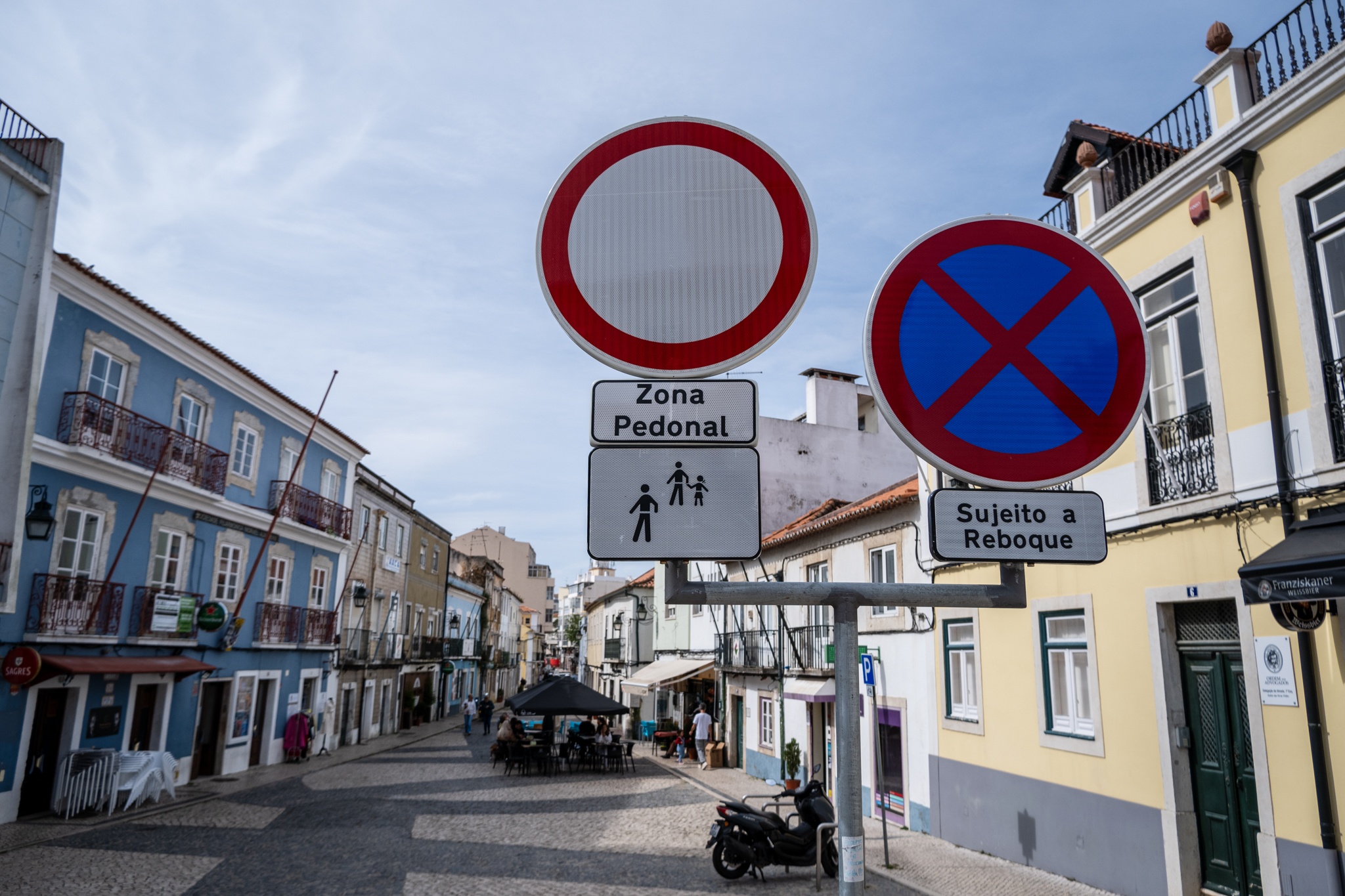

The development of the public space requalification study should also include "seek to promote the creation of pedestrian routes linking to various notable points within the historic core and the ZAAC, also providing tourist routes that culminate in places of landscape contemplation / viewpoints, with high scenic value"strengthening the Cacilhas-Cristo Rei tourist axis. Other objectives are "upgrading and standardizing street furniture" throughout Almada Velha and promote "prudent motoring" through traffic calming measures. "The speed limit will aim to promote a change in driver behavior, promoting safer, less noisy and less polluting traffic, thus providing a more equitable use of public space"the municipality of Almad understands.

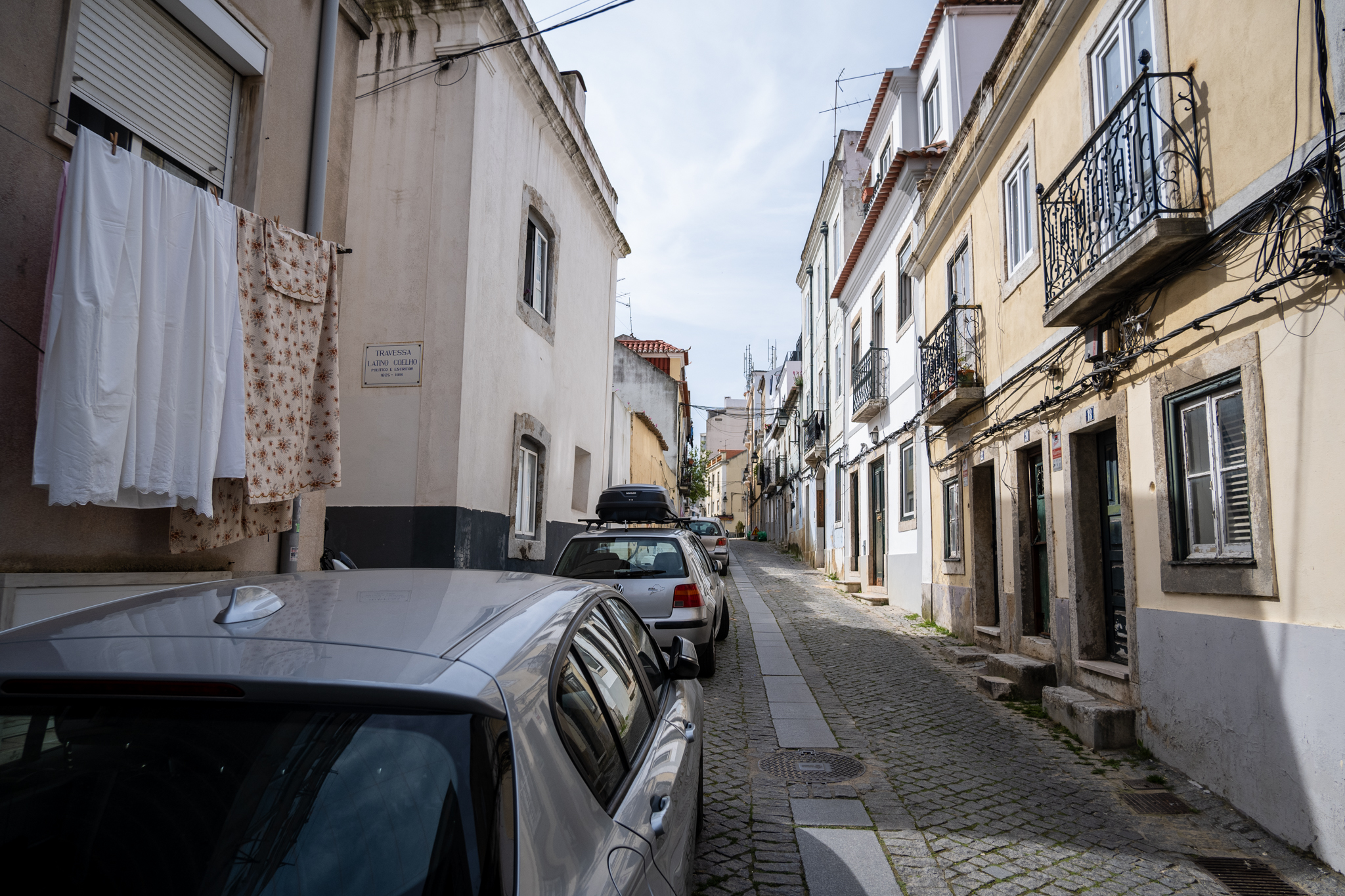
The ZAAC should be priority given to active modes of transport such as walking and cyclingThis project should be coordinated with the bike and scooter sharing pilot which the Almada municipality is working on with a number of private operators. The aim is also to "limiting architectural barriers and disciplining the occupation of public roads, minimizing the damage to accessibility for citizens in general and preventing the risks arising from it, especially for children, the elderly, people with disabilities or reduced mobility" e "to study an accessible and perfectly identifiable route, from the parking lots in the surroundings [of the future ZAAC] to Casa da Cerca and the Castle Viewpoint".
In total, the ZAAC will cover an area of approximately 10 hectaresdivided between the intervention area itself, of around 24 thousand m2, and the so-called transition zones - i.e. the areas around the ZAAC which "should give motorists the perception that they are approaching an area with these characteristics"There are already some calming measures in place, such as road narrowing and gyratories, and improvements in pedestrian accessibility.
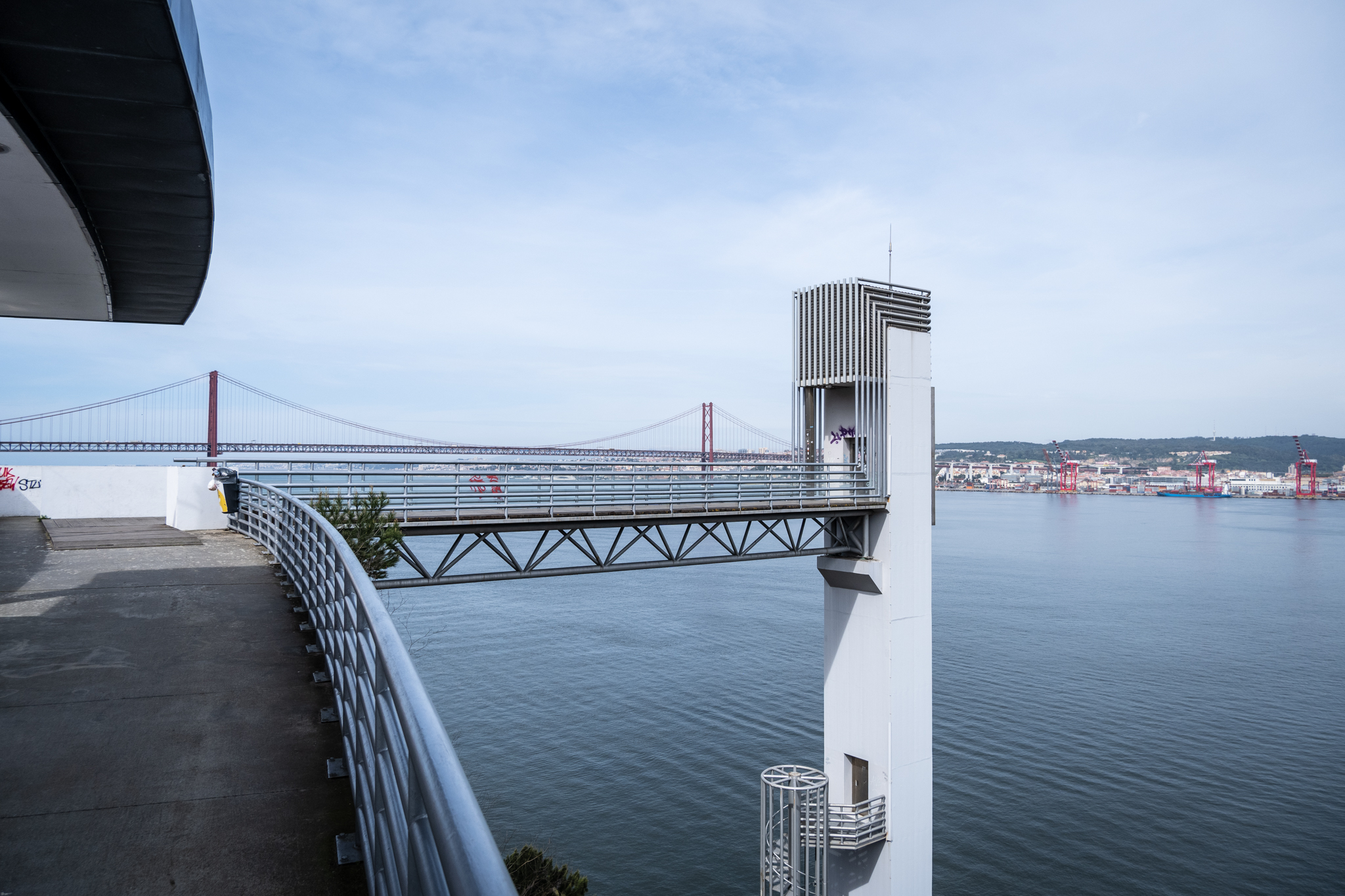
ZAAC's main objective is to protect Almada Velha da "unnecessary car traffic"allowing entry only to residents and visitors, traders and businesses established in the historic core, cabs and TVDEs, and certain authorized users. Access will be controlled electronically via retractable bollards, which will be active 24 hours a day. A ZAAC will have three entrancesin Leonel Duarte Ferreira, Padaria and Judiaria streets; three exitson Visconde Almeida Garrett and Augusto Maria da Silveira streets, and on Travessa Henriques Nogueira; and a entry and exit pointRua do Castelo and Rua D. José de Mascarenhas.
The implementation of the ZAAC in Almada Velha will still take time, not only because the detailed project is only now being developed by Rio Plano, but also because the municipality wants to find funding to go ahead with this project.

